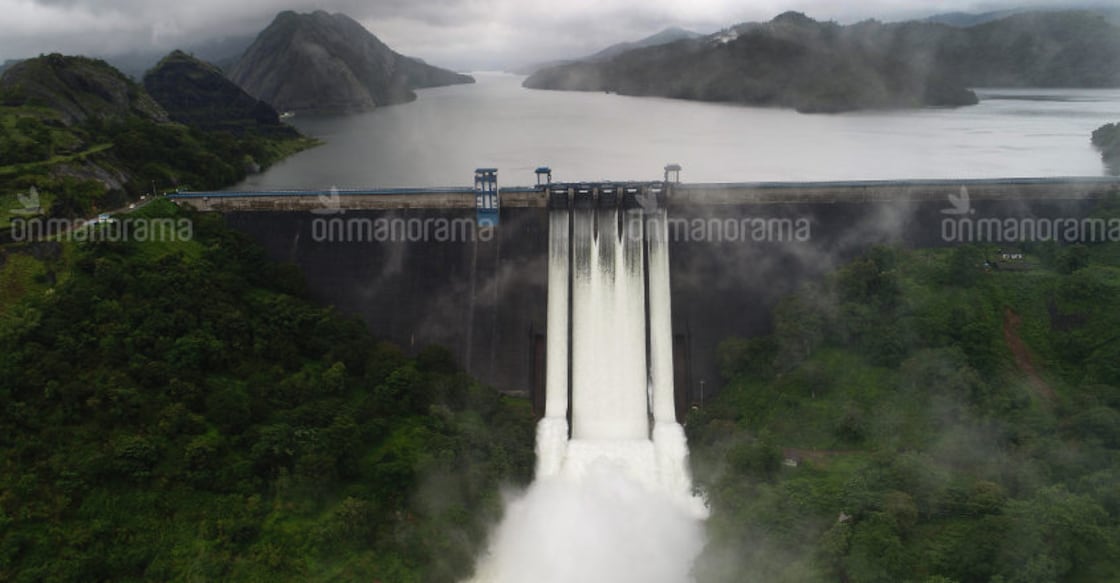What if a dam breaks? Kerala to rack brains over calamity now

Mail This Article
Thiruvananthapuram: Having learnt a bitter lesson with the August deluge, which was precipitated by unscientific release of dam waters in the wake of unprecedented rain, the Kerala government has decided to hold a 'dam break analysis'. The study will aim to ascertain the likely reasons for possible failures of the state's reservoirs in the event of a natural calamity and ways to improve counter-measures.
The initiative comes in the wake of the massive August floods that claimed over 400 lives and caused widespread damage. The 2017 report of the Comptroller and Auditor General had recommended such a task, but the government did not follow it up then.
Officials revealed the first stage of the analysis would undertake a study of 16 dams controlled by the Kerala Water Authority and 12 by the Kerala State Electricity Board (KSEB).
The government had, even earlier, announced that it would conduct a study about the state's dams, of which the big ones alone are around 40. Barring the precarious case of Mullaperiyar dam across Periyar River, the dynamics of no other dam was analysed.
As reservoirs can burst due to earthquakes as well, proper guidelines are a must to ensure rescue of people downstream once a dam is opened. The funds for the dam break prognosis will come from the Centre. The Union government had, under its Dam Rehabilitation and Improvement Programme, granted the Kerala Water Authority Rs 158 crore and the KSEB Rs 122 crore. The study, which will be based on the size and capacity of each dam, will gauge the extent of damage in the event of a dam burst by estimating the volume of water it could release. It will map the areas that will be inundated and the population at risk.

Also, the study will calculate the time taken for the dam waters to reach downstream. Overall, the analysis will help in both issuing prior alert and subsequent rescue operations. Similar studies would be carried out at regular intervals given that the mapped areas would change in profile and population density over time.
Pro-government experts, though, believe that poor dam management was never a reason for the calamity. The state’s Dam Security Council chairperson, Justice (retd) C N Ramachandran Nair, for instance, stated it is wrong to hold officials responsible for a natural disaster.
After the floods, Kerala dams have a registered a fall in water-holding capacity, Nair noted at a function in Thrissur on Wednesday. Authorities are working to retrieve the fertile top soil that got flushed away in the water let out by the dams, the expert added.
Read more: Latest Kerala news

